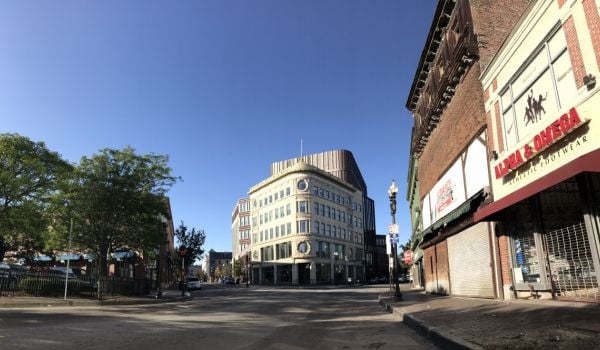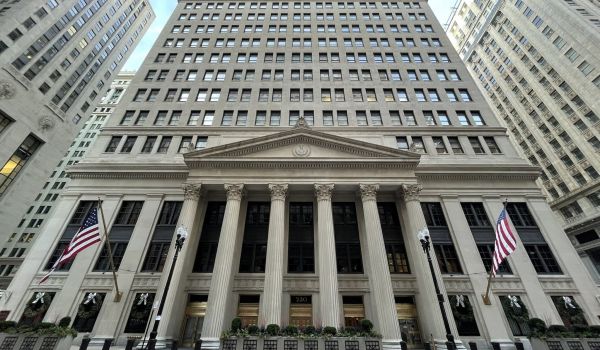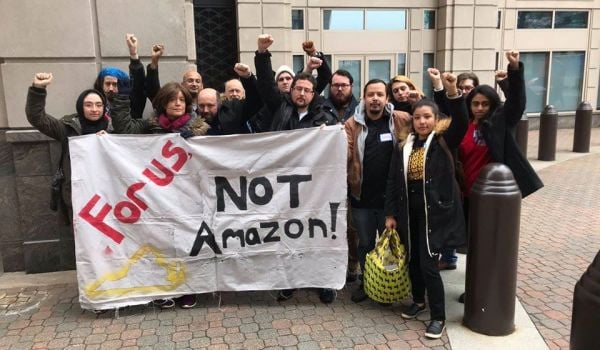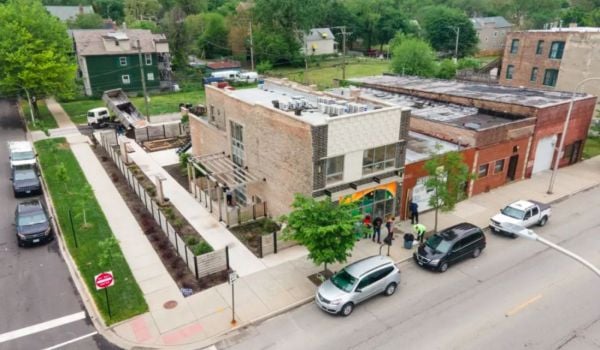Johannesburg is a city that, in the words of Executive Mayor Parks Tau, “bears the spatial scars of the unjust and immoral system of Apartheid.” This is an important lens through which the city can be understood. But that’s not the only narrative. What’s maybe more important than the effects of the past, Tau argues, is the potential for the future.
Upon taking office in 2011, Tau immediately set out to reform the city’s growth and development strategy. This led to Joburg 2040, a blueprint for creating a livable, sustainable and economically vibrant city within three decades. Tau’s plan calls for efforts to improve the city at the neighborhood level, emphasizing the importance of quality of life in planning and governance decisions. Human and social developments are placed atop all other goals for this city of nearly 4 million.
But Tau’s administration is also focusing on the more basic amenities of modern life: Expanding electricity and sanitation, serving the needs of those living in informal settlements, and mending the torn social fabric created by generations of inequality. The city’s scars are still there, undoubtedly. But they are starting to heal.

Nate Berg is a writer and journalist covering cities, architecture and urban planning. Nate’s work has been published in a wide variety of publications, including the New York Times, NPR, Wired, Metropolis, Fast Company, Dwell, Architect, the Christian Science Monitor, LA Weekly and many others. He is a former staff writer at The Atlantic Cities and was previously an assistant editor at Planetizen.
















